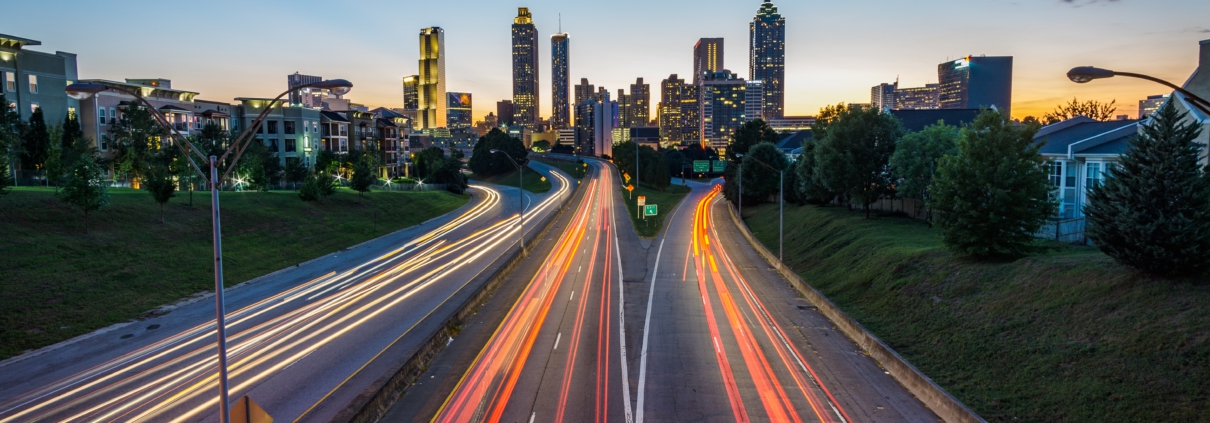As the world becomes increasingly urbanized, cities are facing a range of challenges related to population growth, sustainability, and quality of life. To address these challenges, a new trend in urban development is emerging: the creation of smart cities that use technology to improve efficiency, sustainability, and livability.
Smart cities are defined by their use of digital technologies, data analytics, and artificial intelligence to optimize various aspects of urban life, such as transportation, energy consumption, waste management, and public safety. By leveraging the power of technology, smart cities aim to enhance the quality of life for their residents, reduce their environmental footprint, and improve their economic competitiveness.
One of the key benefits of smart cities is their ability to reduce energy consumption and greenhouse gas emissions. By using sensors and data analytics, smart cities can optimize energy use in buildings and infrastructure, reducing waste and cutting costs for both residents and the city government. For example, smart lighting systems can adjust their brightness based on the time of day and the amount of natural light, reducing energy consumption and light pollution.
Smart cities can also improve transportation systems, reducing traffic congestion and improving air quality. By using real-time data on traffic flow, smart cities can optimize traffic signals, reroute traffic to avoid congestion, and encourage the use of public transportation and active modes of transportation, such as cycling and walking. This not only reduces emissions, but also improves the health and well-being of residents.
Another key benefit of smart cities is their ability to enhance public safety and emergency response. By using sensors and data analytics, smart cities can detect and respond to emergencies more quickly and effectively. For example, smart traffic cameras can detect accidents and automatically alert emergency services, while smart building sensors can detect fires and trigger automatic responses to contain and extinguish them.
To create smart cities, urban developers need to take a holistic and collaborative approach to urban planning and design. This means involving a range of stakeholders, including city governments, technology companies, and local communities, in the planning and implementation process. It also means using data-driven insights to inform decisions about infrastructure and services, and creating flexible and adaptable systems that can evolve with changing needs and technologies.
In conclusion, smart cities represent a new frontier in urban development, offering a range of benefits for residents, governments, and businesses. By using technology to optimize energy consumption, transportation, public safety, and other aspects of urban life, smart cities can improve the quality of life for their residents, enhance sustainability, and promote economic growth. To create smart cities, urban developers need to embrace a collaborative and data-driven approach to urban planning and design, and be willing to adapt to changing needs and technologies.


Hinterlasse einen Kommentar
An der Diskussion beteiligen?Hinterlasse uns deinen Kommentar!